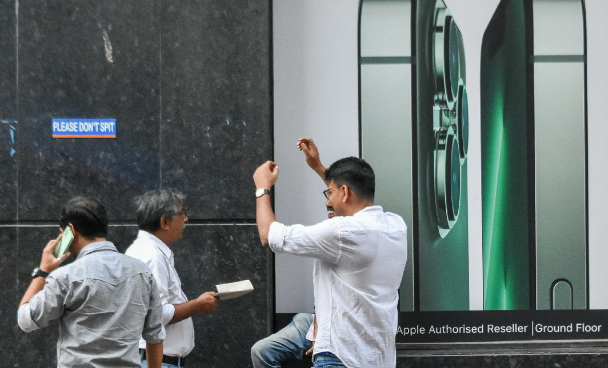Apple Inc’s decision to start assembling some of its latest iPhone 14 smartphones in India will not dampen China’s important position in the global consumer electronics chain, as the latter has ample advantages such as highly efficient supply chains, advanced manufacturing talent and a thriving handset ecosystem, experts said on Tuesday.
The comments came after Apple said in a statement on Monday that the US company is excited to be manufacturing the iPhone 14 in India. The news came less than three weeks after the iPhone 14’s unveiling.
Advertisement
Bai Ming, deputy director of international market research at the Chinese Academy of International Trade and Economic Cooperation, said China’s gigantic domestic market, an ecosystem that thrives around such a big market and efficient supply chains are of great appeal to tech giants such as Apple.
Such a combination of advantages is something that countries such as India and Vietnam do not enjoy, Bai said.
Wei Jianguo, vice-chairman of the China Center for International Economic Exchanges, said the industrial chain for smartphones includes the entire process — from raw material supplies and mold design to final assembly. During this process, the chain incorporates support from both digitalization and high-tech. The efficient cooperation of multiple links and systems bestows great advantages on the manufacturing sector in Shenzhen, Guangdong province, in particular.
China has a high-level, sophisticated and flexible team of skilled workers. This talent pool includes not only migrant workers but also engineers, R&D staff and design personnel who have been engaged in the trade for a long time, have rich experience and can quickly respond to changes in the global market, Wei said.
Experts added that even if Apple expands some production to India, it does not reduce China’s manufacturing weight in the US tech giant’s supply chains, given the above advantages.
JPMorgan forecast in its latest report last week that Apple is expected to move about 5 percent of iPhone 14 production from late 2022 to India, which is the world’s second-biggest smartphone market after China.
It also expects about 25 percent of all Apple products, including Macs, iPads, Apple Watches and AirPods, to be manufactured outside China by 2025 from 5 percent currently.
Yao Jun, deputy head of the planning department at the Ministry of Industry and Information Technology, said earlier that though some foreign-funded enterprises are diversifying their business layouts, the overall pace of foreign investment in China has not slowed, and manufacturing remains a key destination for foreign investment in the country.
Yao said China’s advanced manufacturing sector, in fact, is of greater appeal to various sources of funds. From January to May this year, the actual use of foreign capital in China’s high-tech manufacturing sector increased 32.9 percent year-on-year.
As China continues moving up the industrial chain, it is also natural for many multinational companies to readjust their local branches to focus on high-end manufacturing, experts added.
Deuk-Kyu Hwang, president of Samsung Greater China, said at a recent forum that Samsung China has completely become a high-end equipment and supply chain-based enterprise, and fully integrated into the Chinese supply chain system.
“With a complete supply chain support system, China is well-positioned to cope with global uncertainties,” he said, adding that now, 60 percent of Samsung’s upstream partners are based in China and its annual local procurement stands at about $14 billion. The company said it has invested a total of $51.4 billion in China, with 43 percent of the investment occurring in the past five years.











